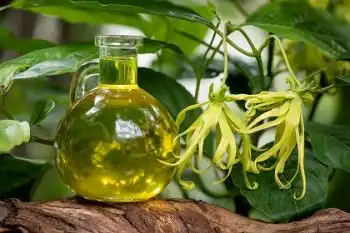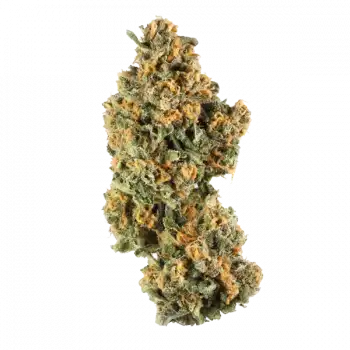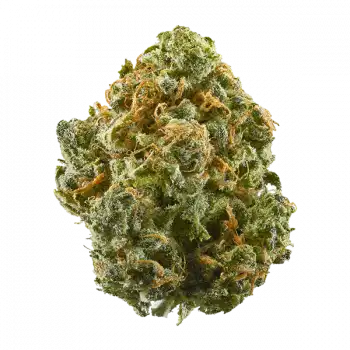It's great in theory, but too many people use CO2 without getting the expected results. The reason is simple: they are not using it correctly in conjunction with the right lamps or at the right levels. Unfortunately, just injecting additional CO2 into the growing space is not enough.
Buying the equipment to inject CO2 is very expensive, and so ensuring that it is undertaken correctly is worth the effort
How Cannabis Plants Use CO2
CO2 (carbon dioxide) is like a form of air for plants. Whilst humans inhale oxygen and exhale CO2, plants do the exact opposite. That's why a rainforest the size of the Amazon has earned the nickname the “lungs of the planet". When discussing the role of using CO2 for plant growth, it is something that is referred to entirely in conjunction with light to convert the two into a sort of “food”.
This process is called photosynthesis: the conversion of CO2 into sugars by plants. These sugars are the type of food that plants use to make their flowers grow. Without CO2, plants – all plants – would literally suffocate.
Light and CO2 are two essential components of the photosynthesis process and the quantities needed are relative. If there is a lot of light, more CO2 will give plants better photosynthesis. However, if there is not much light, adding CO2 will not make any difference. And if the CO2 in the environment is abundant, so should the amount of light be.
The right light/CO2 ratio
This is where many growers will make the mistake of wasting money on CO2. As mentioned, the quantities must fit together logically for this addition to have any effect. If someone is growing using low wattage grow lights, such as fluorescent lights, there is no need to add CO2. There is already enough CO2 in the air for the plants to convert all the light provided into food.
However, if the power of lighting is increased by using LEDs or HPS lamps, then the plants will obviously receive a lot more light. And it is in this context that additional CO2 will convert this light into power.
In truth, there's literally no point in adding CO2 to the growing space if LED or HPS lights are not being used. For plants to benefit from the added CO2, the lighting system must be adequate.
The right amount of CO2
In general, the CO2 concentration of the air around us is in the region of 400 ppm (parts per million). However, when plants evolved millions of years ago, there was considerably more CO2 than that in the atmosphere. Thus, they have retained this ability to consume much more CO2 than is present in the air.
Plants can use up to 1500ppm of CO2 for the process of photosynthesis. This means that by adding CO2 to the growing space, levels of up to 1500ppm can be maintained. Anything beyond that will be wasted, because plants won't be able to use it for photosynthesis.
If everything else in the grow room space is optimised for big yields, then the addition of more CO2 will be even more effective. When a plant is healthy and robust, its photosynthesis process is strong, regardless. If it's a weak plant, then adding CO2 can act as a shot in the arm.
The most important thing is that the growing space is up to par. Plants should be healthy , receive enough light and water, and the soil or growing medium should be of high quality. Only then will adding CO2 make a difference.
Prepping the growing space
There are several ways to achieve this, and several different factors to take into consideration. The added CO2 will work better at higher temperatures, so this needs to be taken into account. Here are some modifications that are required to make a growing space CO2 ready.
1. Raising the temperature
If going to the maximum CO2 limit (1200-1500 ppm) is desired, then increasing the temperature in the grow room is important. An approximate temperature of around 25-28°C is required normally, but the addition of CO2 requires temperatures of between 30 and 35°C. That is a significant temperature rise, so it is crucial to keep an eye on plants to ensure that they aren't being adversely affected.
2. Seal the growing space
This modification is optional if the growing space is not already sealed. When pumping a lot of CO2 into the air, it could leak out and a lot of money would be wasted keeping those CO2 levels high. However, sealing off the growing space requires extra thought and care, as the grower then has to think very carefully about how to maintain the levels of heat and humidity inside.
3. Humidity must be kept low
For most growers, this is already taken care of. However, as above, if sealing is undertaken in the growing space, then monitoring and taking care of the humidity level is paramount. Keeping it below 60-70% is crucial so that no mould starts attacking the plants. If necessary, using a dehumidifier can help here..
4. Ensure sufficient light
As mentioned earlier, if there isn't enough light, all the CO2 in the world won't make the slightest difference. Therefore, making sure there is plenty of light in the growing space – between 7,500 and 10,000 lumens per square foot – is essential. The packaging on most lamps will indicate how many lumens are released per square foot. Now add as many lamps to the area as needed to ensure there are at least 7,500 lumens per square foot.
Also of note, is that lamps generate heat, so adding lights will also help maintain a higher temperature in the growing space.
HOW TO ADD SAID CO2 TO THE GROWING SPACE
Using cheap and unreliable methods like dry ice are not recommended, and cause more problems than they solve. If this is to be done properly, then the purchase of a CO2 generator or compressed CO2 is the only solution. Both are expensive, but worthy of the the investment if used correctly.
A CO2 generator uses a fuel like propane to produce CO2, while the compressed CO2 fits in a full tank, to be dispersed over the growing area. Both systems can be completely automated, so that once everything is set up, there is almost nothing more to do.
Both methods have their advantages and disadvantages. A CO2 generator uses a combustion method that poses safety concerns. Plus, there is the risk of producing a dangerous amount of carbon monoxide, which isn't good for the grower or their plants.
On the other hand, a compressed CO2 tank can cause a lot of suspicion when transporting it. Indeed, in some countries a licence is required for the purchase of CO2. And of course, in the unhappy event of a fire, it - and all the surrounding area - will explode.
So, whilst there will always be a risk using CO2, the safest and most effective way is to buy compressed CO2. This is the most expensive to set up, but probably the best solution weighing up all the factors involved
1. CO2 travels up and down
CO2 is much denser than air, so it is subject to gravity. If placing the CO2 generator or tank on the floor of the grow room, the plants will never receive it. It should "rain" from above. Having a fan can help circulate it before it hits the ground.
2. Turn it off at night
Plants don't need CO2 at night because there is no light. The compressed CO2 or CO2 generator can be automated, so that the device turns off half an hour before the light hours end and turns back on half an hour after they resume.
3. Not to be inhaled
Try not to breathe in the CO2 injected into the growing space. For humans, CO2 is something that is exhaled. It is dangerous for a human being to breathe in too much CO2. Even if its presence in the growing room does not reach a dangerous level, it is still important to be careful.
4. Reserve CO2 mainly for the vegetative phase
The most effective time to use CO2 is while the plants are in the vegetative stage . This should significantly speed up their growth, as they will have them develop more stems for bud production.
It is possible to continue using CO2 during the first 2-3 weeks of flowering. However, most pros say that beyond that, the extra CO2 does next to nothing for bud production.
Thus, adding CO2 to a growing space can have a significantly positive impact, if done correctly. However, the downside is that if done incorrectly, it can be a costly endeavour with no real benefit for the plants.
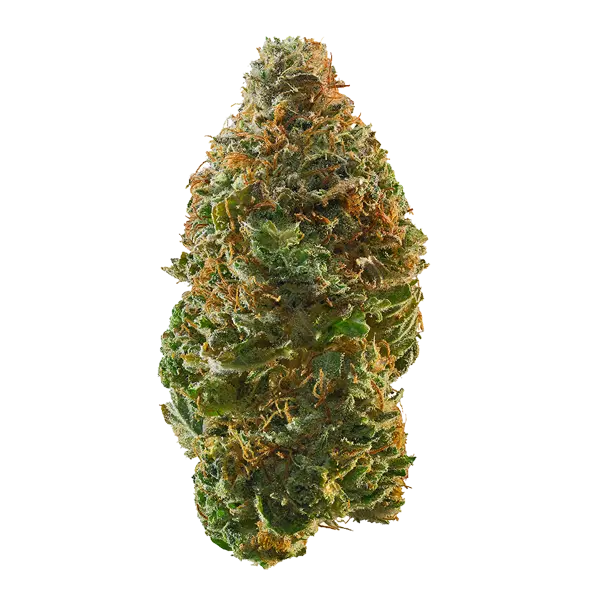
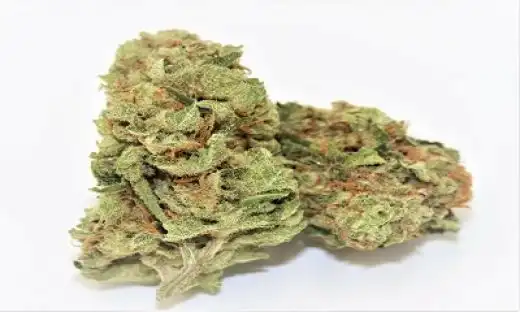
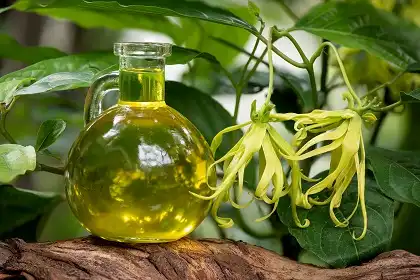

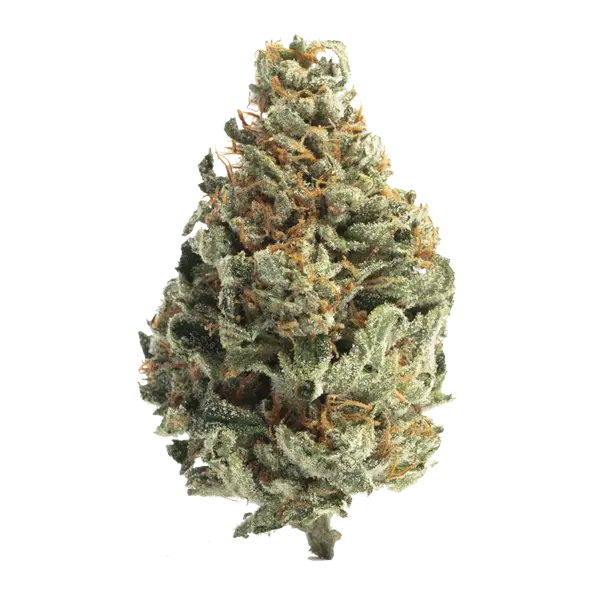
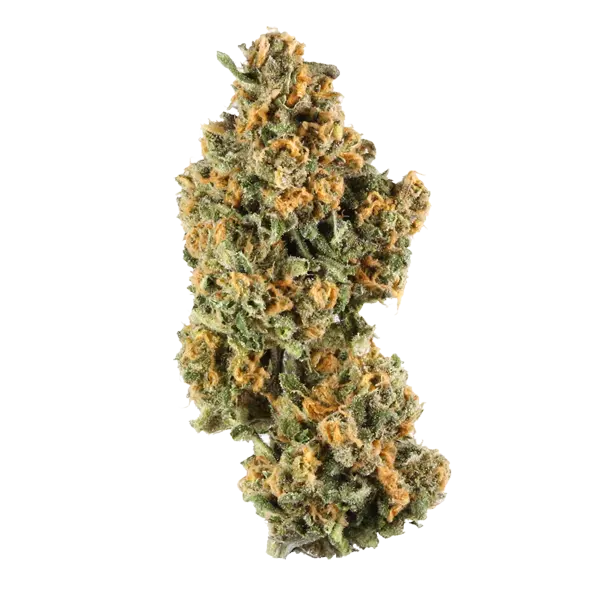
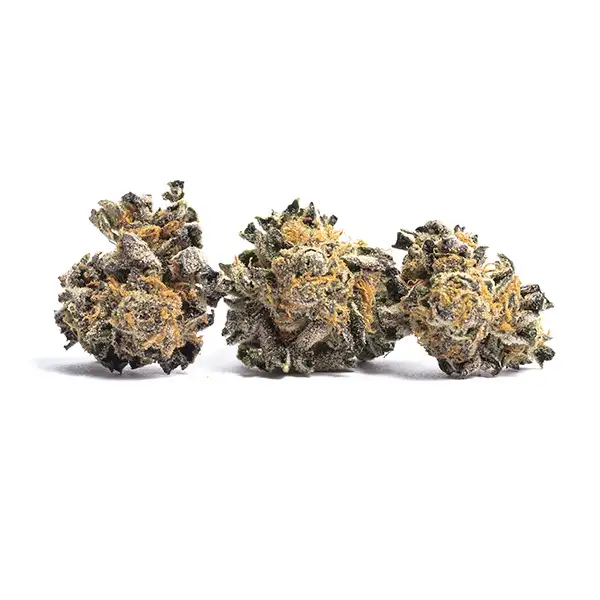
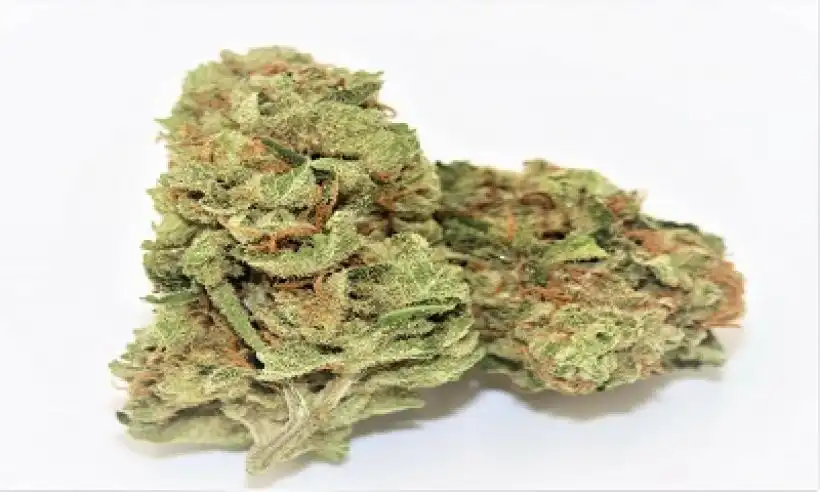
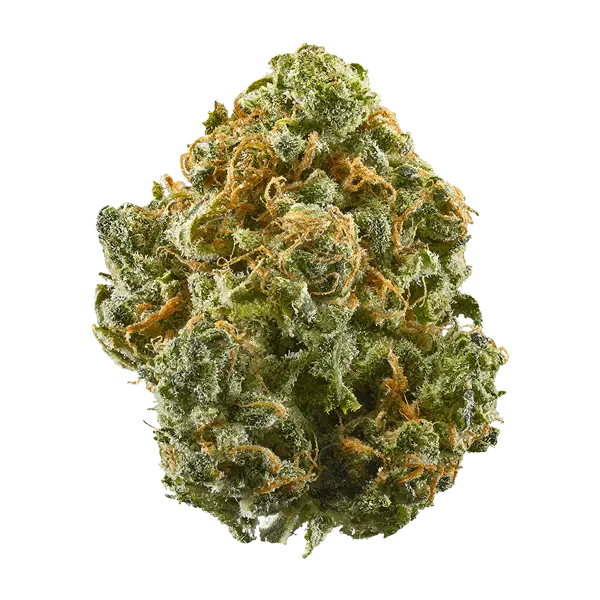
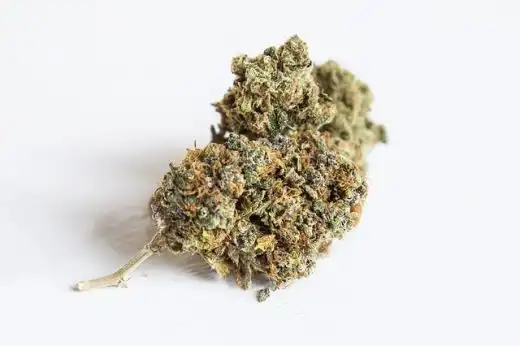


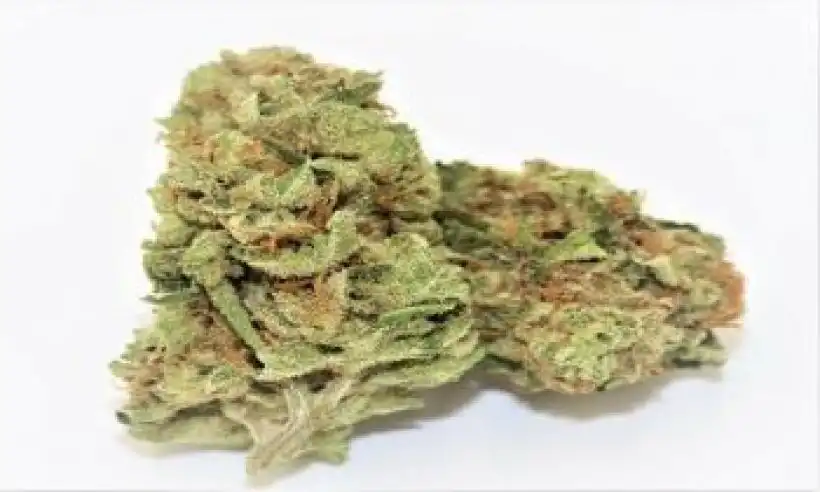
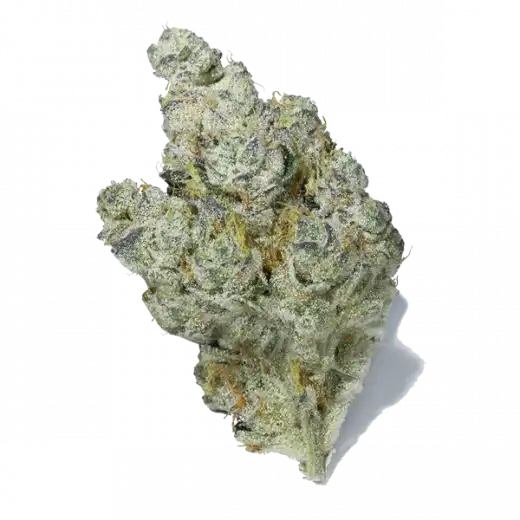

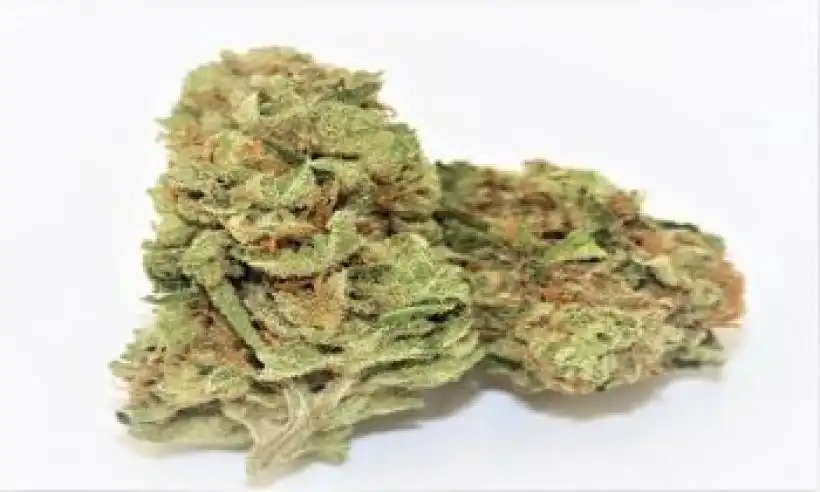
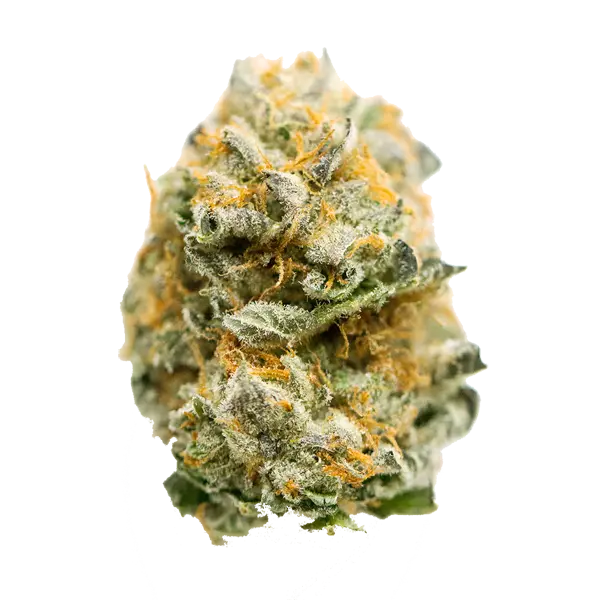
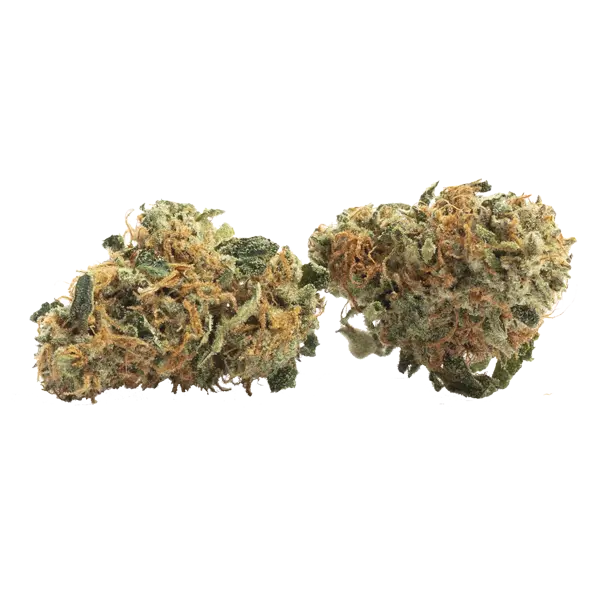
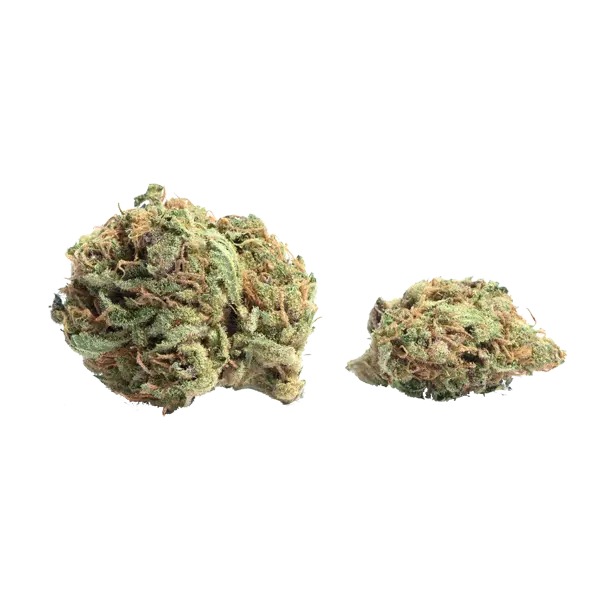
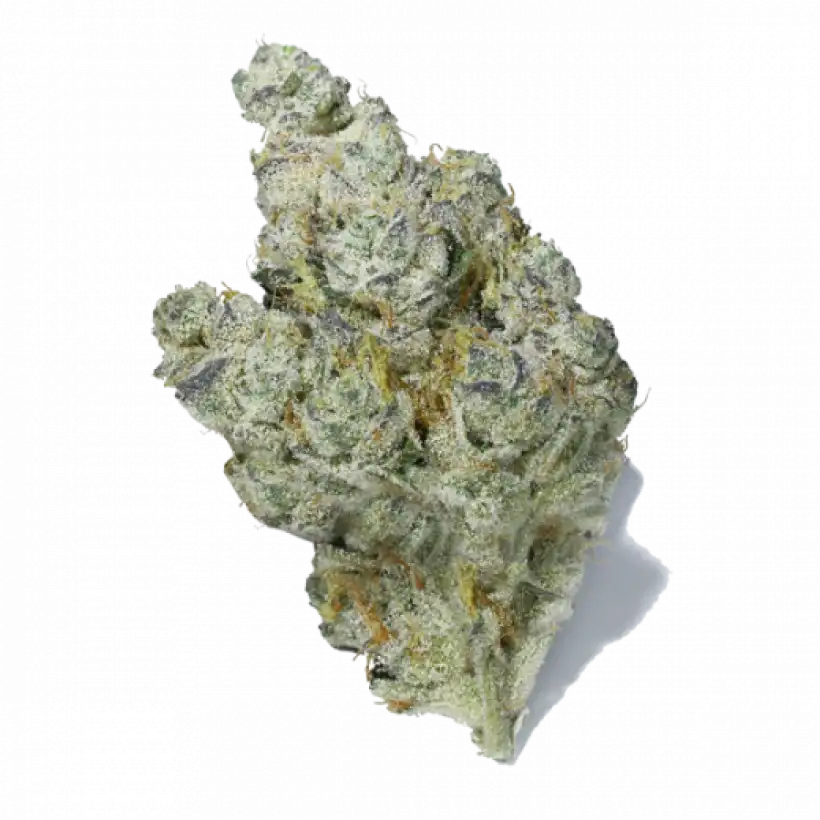
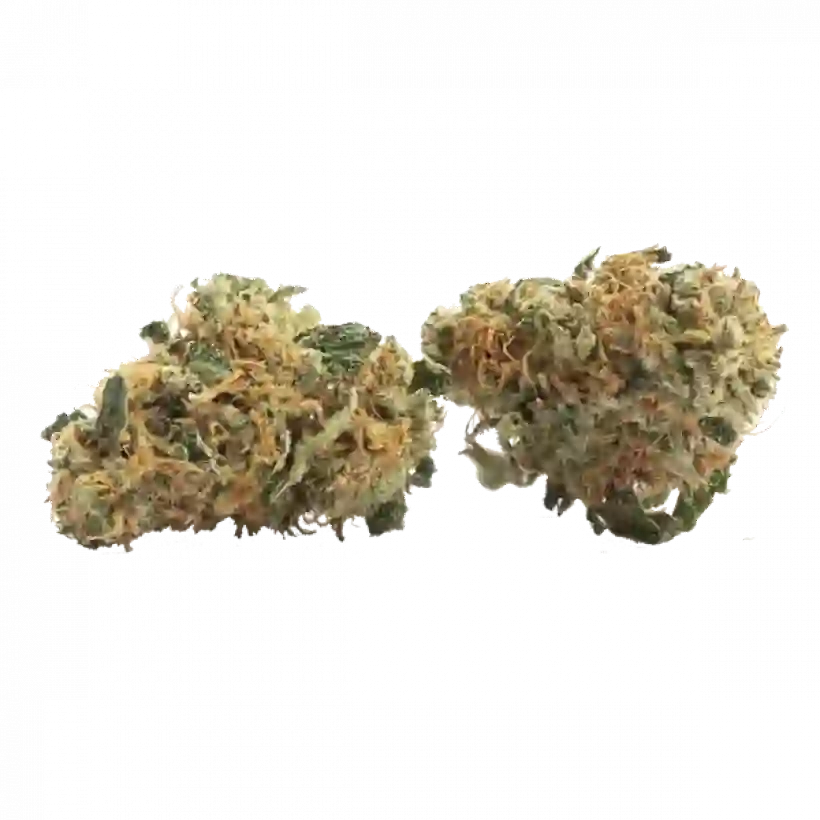

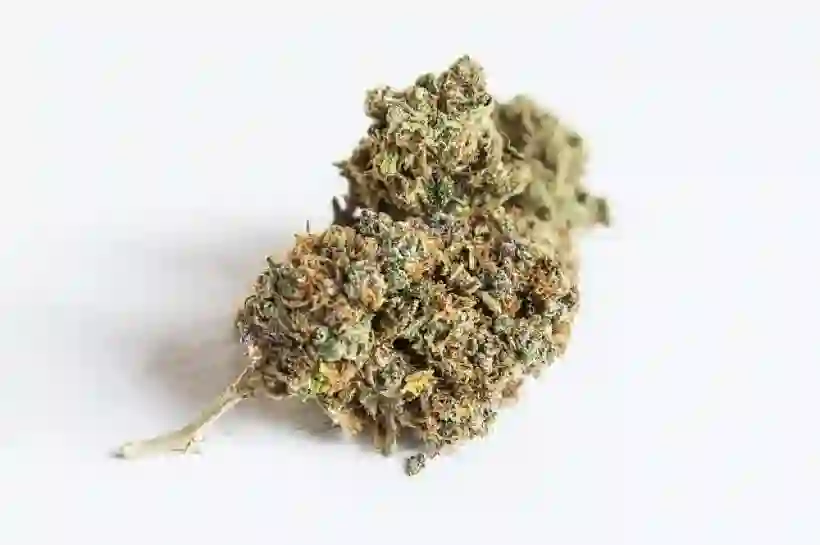
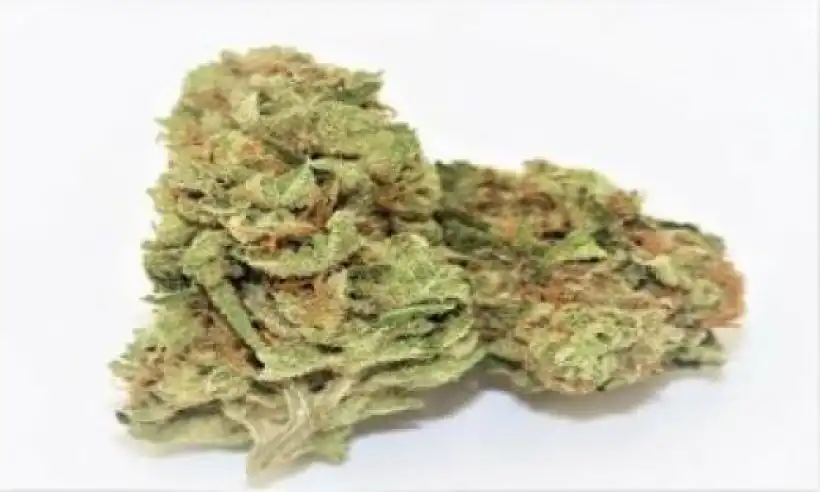
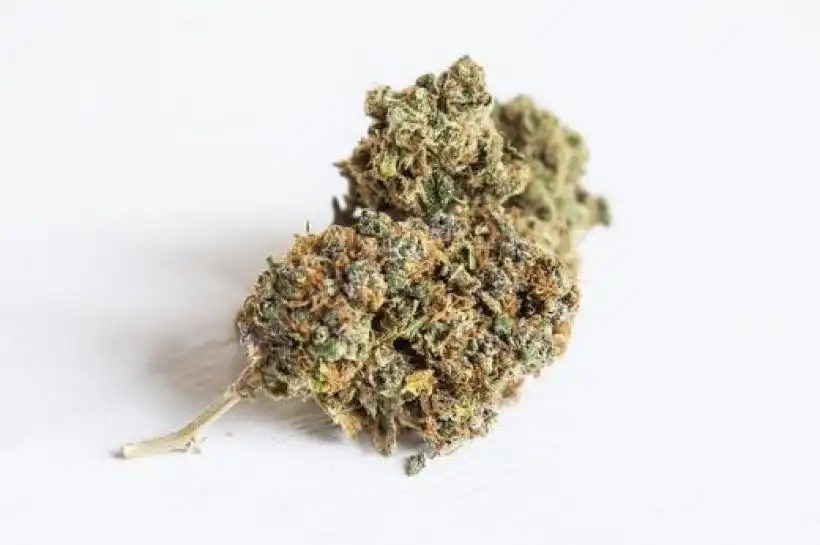


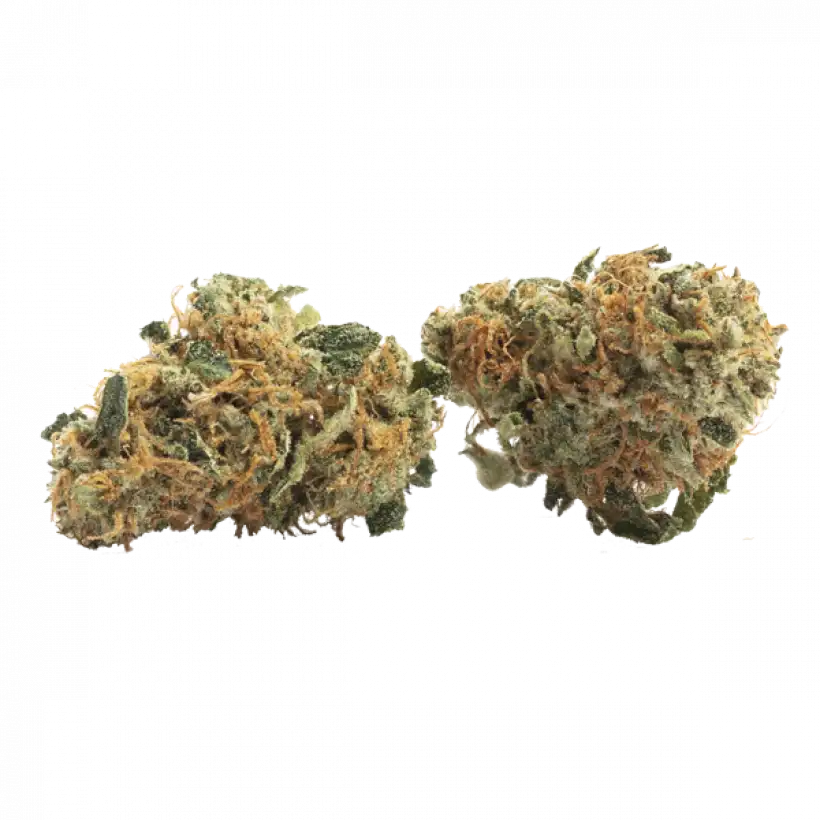
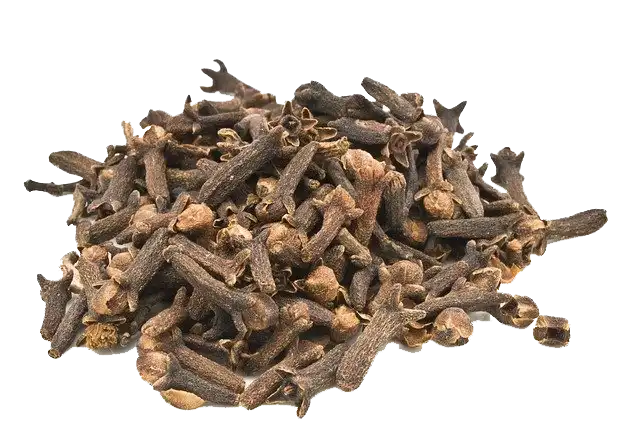
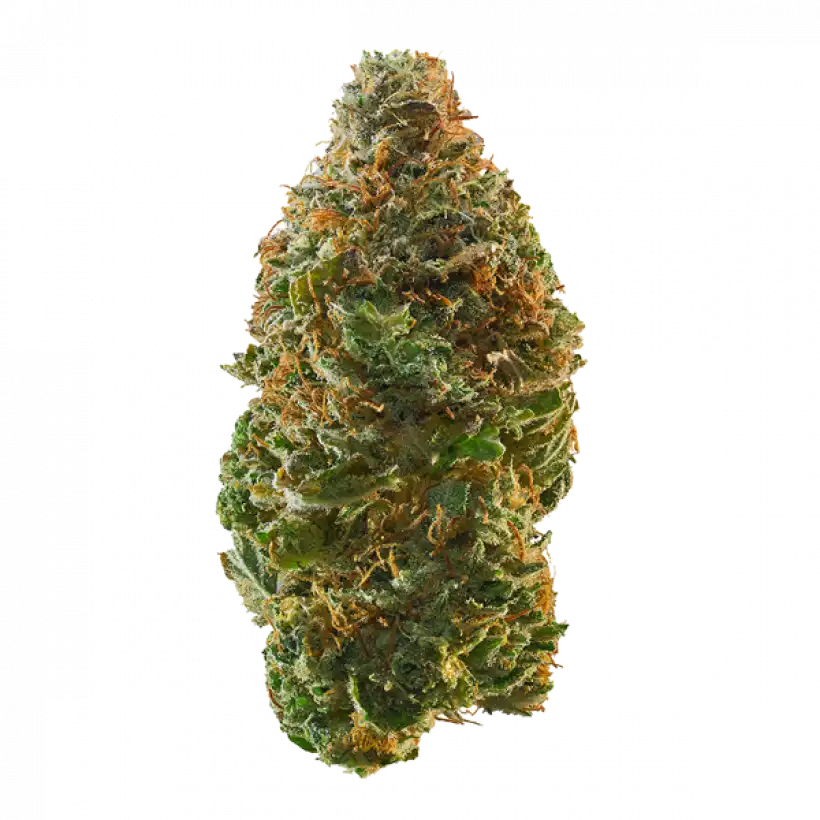

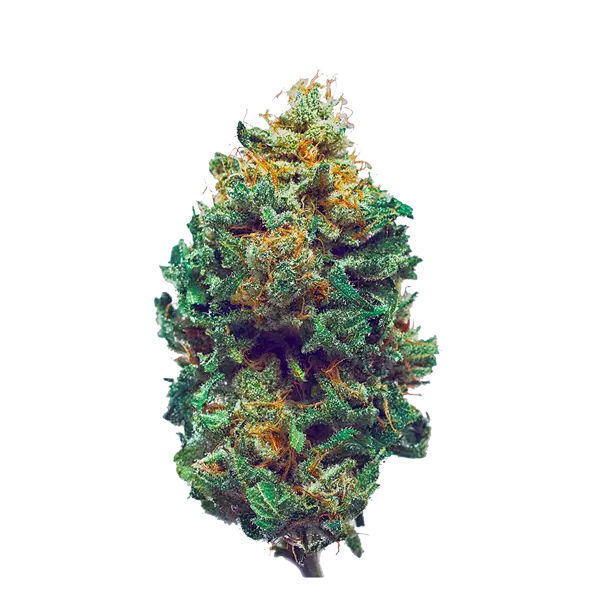

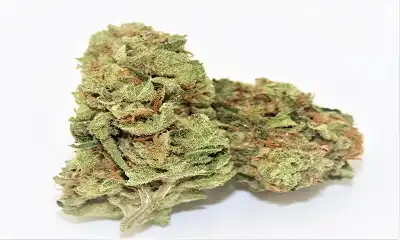
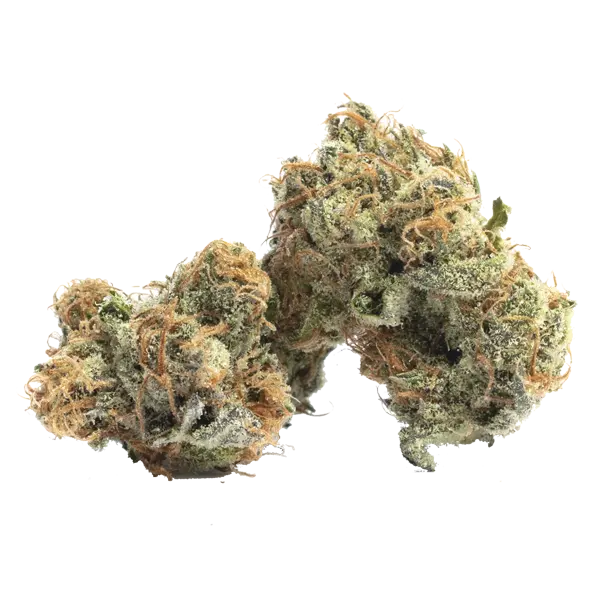



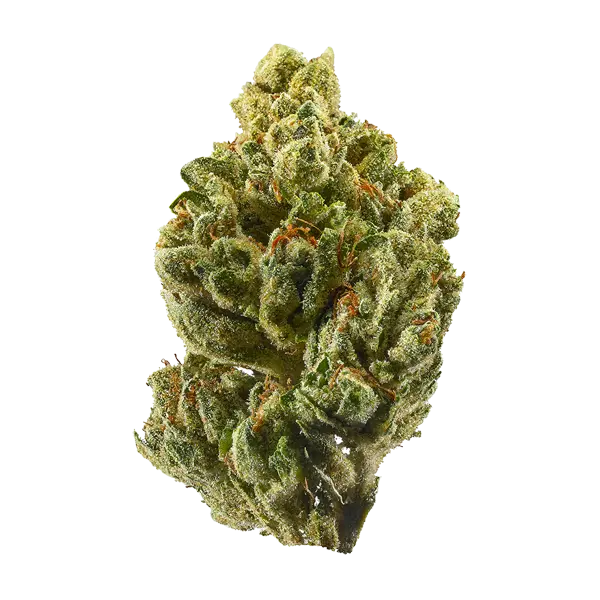
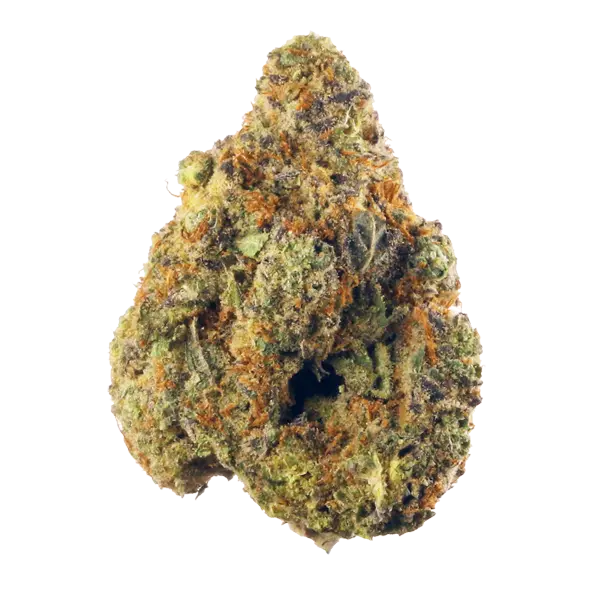

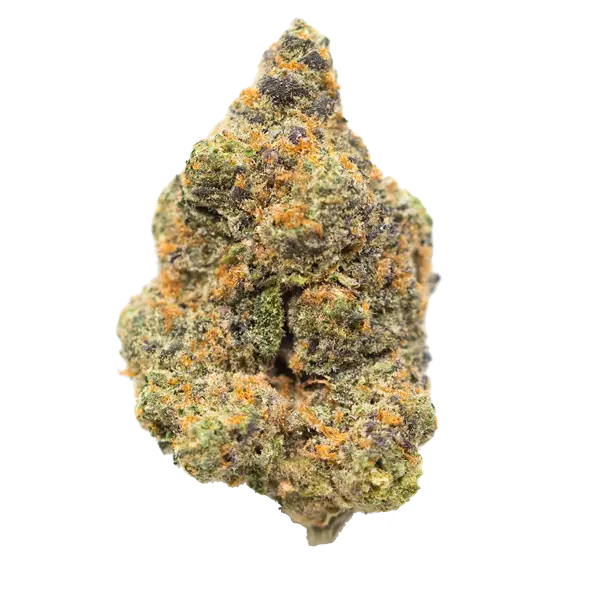
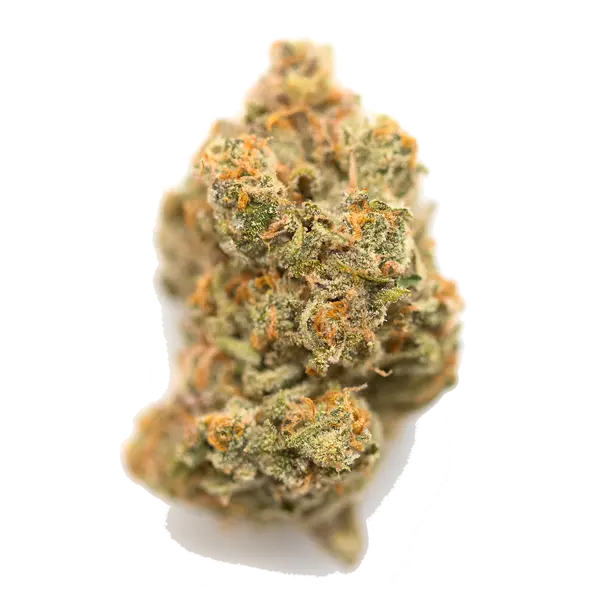
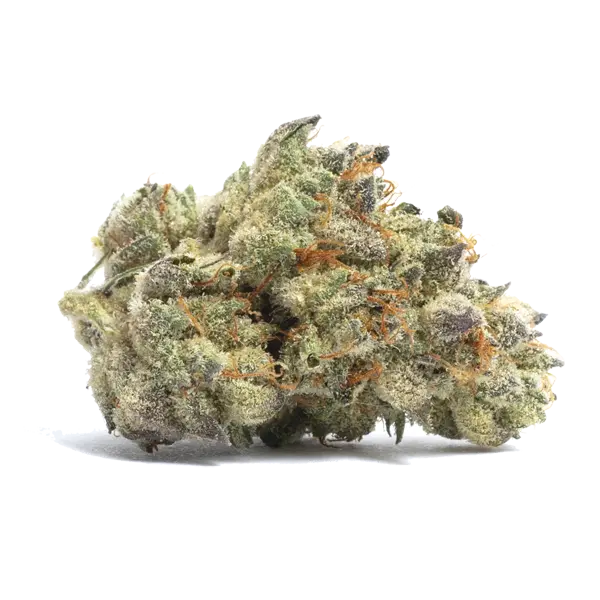
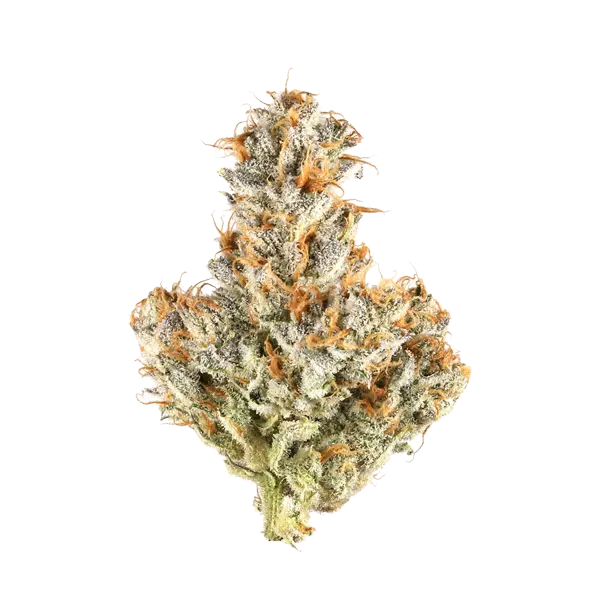



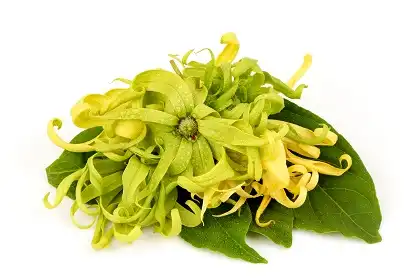


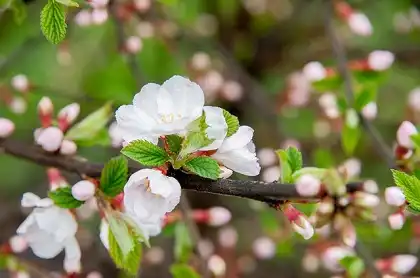











 How to Make Your Own Custom Super-Soil Blend to Grow Cannabis
How to Make Your Own Custom Super-Soil Blend to Grow Cannabis
